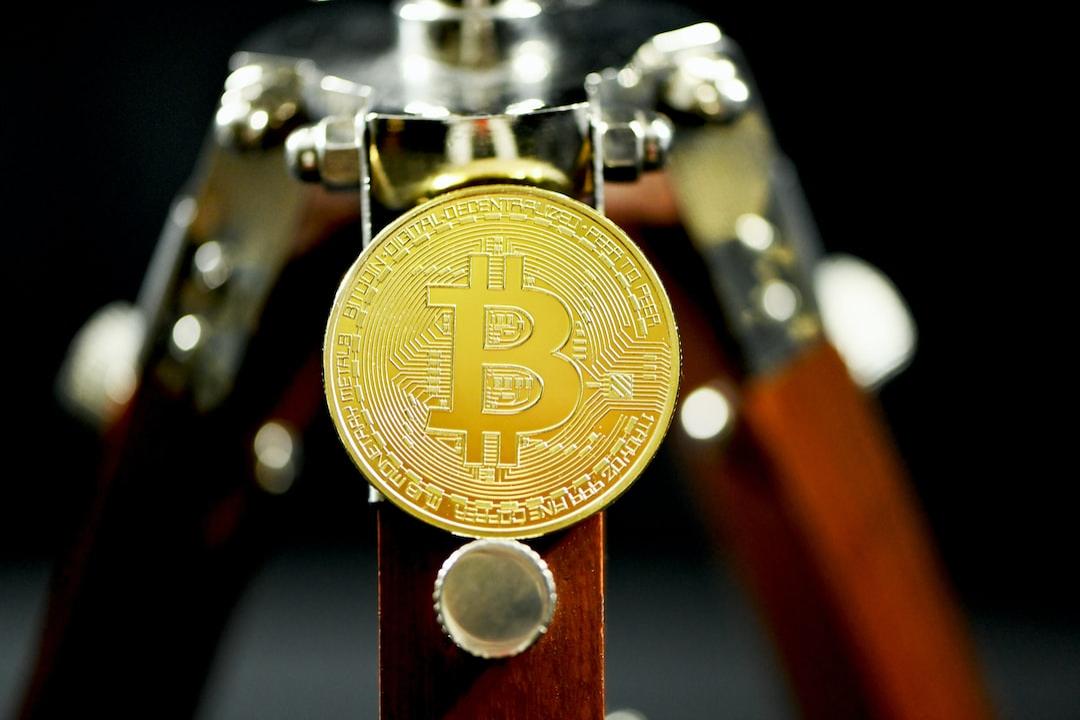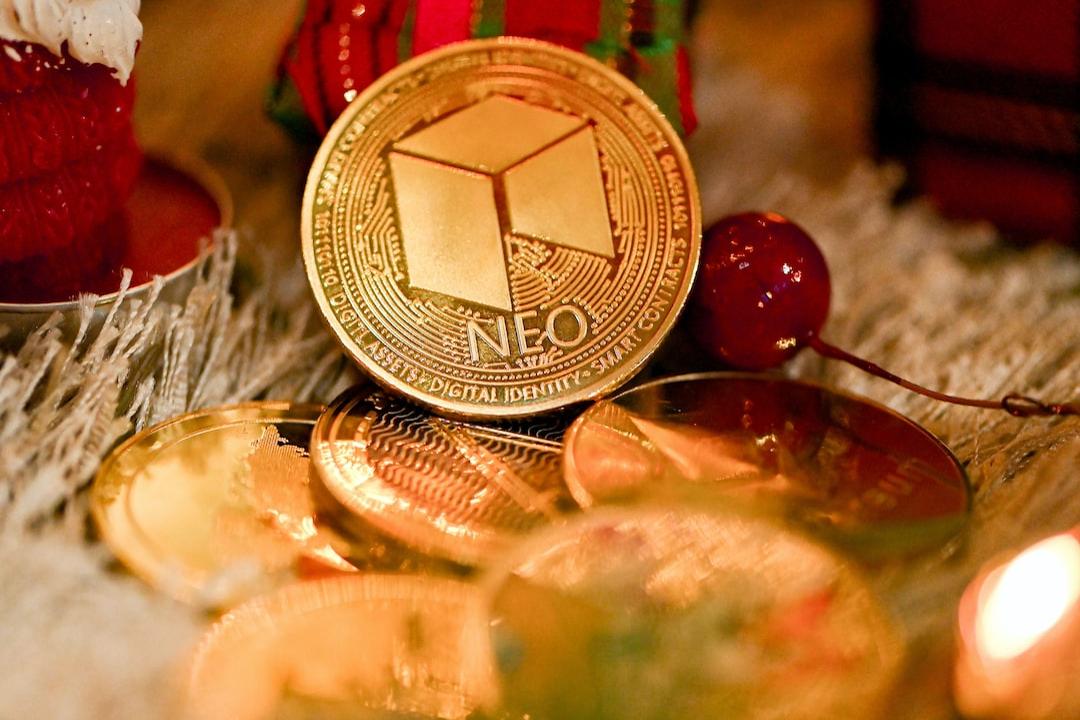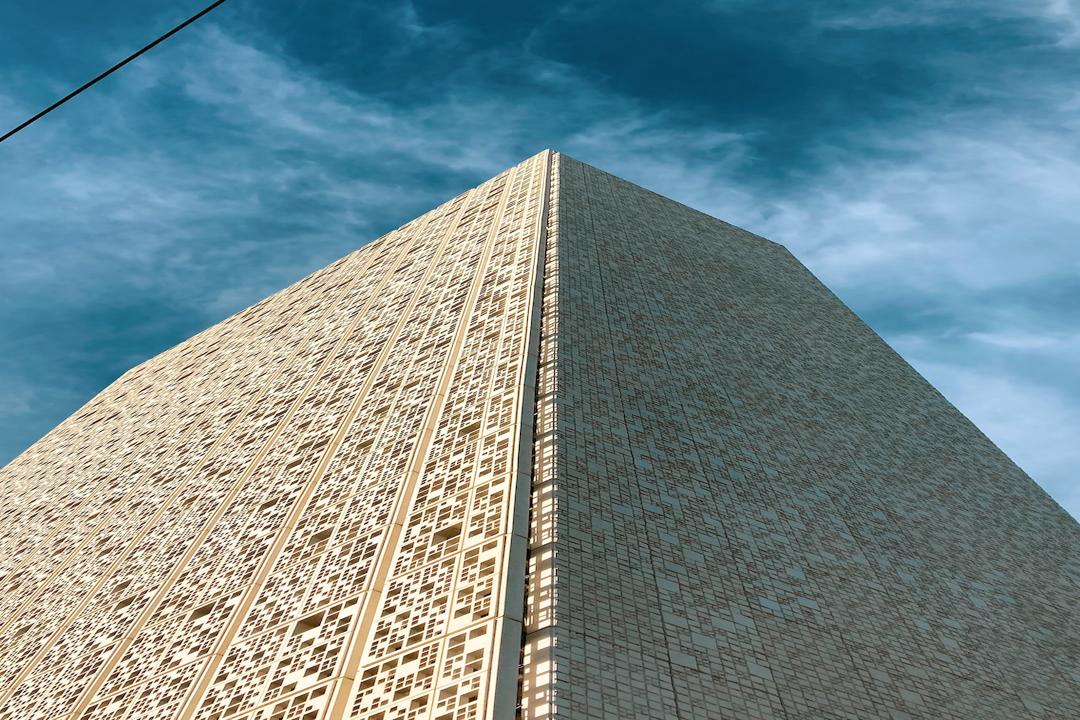Further consideration reveals that they still face a dilemma: to establish a unified market, there must first be some compatibility in token and contract standards, hindering platforms from aggregating RWA assets on a large scale and across multiple types. However, aggregating different RWA protocols first could limit them to the role of “launching platforms” due to technical stack differences, despite bringing liquidity to small projects, creating a fragmented market for on-chain assets.
Even the most liquid tokenized US Treasury market faces similar challenges. While the efforts of institutions like BlackRock and Franklin Templeton have addressed scalability issues within single asset classes, diversification across Ethereum, Stellar, Avalanche, and other public chains ensures these assets are available to future potential investors and collaborative projects.
This narrative provides a window for cross-chain interoperability protocols that have struggled to gain traction, such as Axelar, which has been early in laying the groundwork for RWAs. Last year, partnerships with Centrifuge and Ondo led to the launch of Centrifuge Everywhere and Ondo Bridge, optimizing protocols for RWA tokenized products and enhancing interoperability and liquidity across chains. In the current fragmented market environment, cross-chain interoperability is seen as a remedial solution.
Self-sufficiency in the weakest links
The bottleneck preventing RWAs from scaling is clear—it lacks automated processes or technologies similar to AMMs in the DeFi sector. For RWA products, tokenization is often just the beginning; ensuring continuous asset updates and transparency post-chain integration is crucial for efficiency and cost-effectiveness. This typically involves:
1. Financial reporting: Asset managers must regularly release financial and performance reports, such as payment dates and amounts for rental income in real estate management, or details on arrears and vacancy situations, to provide investors with a clear understanding of the cash flow dynamics of the property.
2. Debt management: Products like RWA credits require regular updates on loan collateral, repayments, interest rate adjustments, and refinancing activities to gauge their health, which forms the basis for maintaining investor trust.
3. Ownership changes: Timely announcements are required if there are changes in underlying asset ownership or legal entities owning the assets.
4. Market supervision: Managers also need to report and make corresponding adjustments when there are changes in the market regulatory environment where the underlying assets are located, ensuring compliance of the products.
In addition to these, complexities such as asset insurance and risk management strategies, asset valuation and inspections, and legal entities issuing the assets also demand significant attention throughout the investment lifecycle. In conclusion, in the current market environment characterized by “infrastructural redundancy,” getting assets onto the chain is no longer the most challenging aspect of RWA development; rather, ongoing off-chain verification and legal regulation slow down the growth and erosion of on-chain asset value, contingent upon the premise of bypassing risks associated with centralized audits of off-chain entities.
The scale and growth of RWA assets entirely depend on the strength of off-chain issuers and managers. This is precisely why US Treasury RWA products have seen rapid growth after BlackRock’s entry, compared to other assets like real estate and commodities, which struggle due to the lack of enhanced automation in processes. Nonetheless, the depreciation of on-chain assets also signifies significant business opportunities, most of which currently flow into the hands of asset issuers and managers like Securitize.
Is it possible to establish its own automated “asset oracle” system in the RWA field, akin to ChainLink in DeFi? We found some answers in the Jiritsu project.
Jiritsu is an Avalanche L1 specialized in verifying off-chain assets, aiming to automate and trustlessly register and validate off-chain assets while reducing on-chain wear and costs associated with RWA tokenization. By integrating ZK proofs and MPC, Jiritsu ensures secure and private automated verification of asset details, embedding regulatory compliance and asset integrity into tokenized products. Interestingly, “Jiritsu” derives from the Japanese word “じりつ” meaning self-reliance. In the RWA sector heavily reliant on centralized human resources, this strengthens its native cryptographic properties and the scalability needed the most.

Jiritsu’s ZK-MPC oracle consolidates data from multiple sources, verifying related computations, and enhancing integration depth for different types of assets. The oracle includes two main mechanisms: “Push” where data providers (e.g., asset managers) directly send information to the oracle, and “Pull” which allows the oracle to retrieve data via APIs directly from integrated information suppliers such as supply chain software and banking systems.
In terms of consensus mechanisms, Jiritsu introduces the concept of Proof of Workflow (PoWF), where nodes in the network run an operating system driven by computational engines and workflow managers, using generated ZK proofs to ensure verifiable computations and smart contract execution within its MPC framework. Unlike existing oracles like ChainLink or Pyth, Jiritsu does not require cross-chain bridges for information transfer during data aggregation, while adding analytical and validation capabilities beyond simple data feedback.

Once asset managers or users register assets for tokenization along with their detailed information on Jiritsu, ZK-MPC validators analyze this information to confirm asset value and compliance status. The analysis involves two types of validators: one for reviewing business policies and regulatory compliance and another for handling financial data, executing spot price retrieval and market assessments. After completing analysis and validation, ZK-MPC generates proofs that are stored on-chain, allowing users to claim these proofs and embed them into their smart contracts, thereby completing the entire tokenization process for the asset.
Jiritsu officially demonstrated its product usage with Paxos’ tokenized gold product PAXG:
Initially, Paxos purchases gold through reliable gold exchanges and stores it with custodial service providers. Subsequently, Jiritsu users can create validators on Jiritsu’s ZK-MPC nodes supported on chains like Solana, Avalanche, or BNB Chain, retrieving custodial information about Paxos’ gold. During validation, ZK-MPC nodes handle off-chain validation computations, with generated ZK proofs having different levels of access and confidentiality permissions; auditors may have full access to all information, whereas asset managers may only see specific information relevant to their roles. This validation process allows for scheduled or on-demand updates to information, making it far more efficient and reliable than Paxos’ current manual quarterly inventory validation process.
After uploading ZK proofs to Jiritsu’s network, Paxos can proceed with tokenizing its custodied gold. At this stage, Jiritsu also implements the concept of “chain abstraction,” allowing asset issuers like Paxos to mint corresponding tokens on ideal target chains such as Solana, Avalanche, or BNB Chain.
Post token generation, Paxos pays fees to nodes and validators through Jiritsu dApp, with a portion allocated to Jiritsu’s network. PAXG tokens purchased by investors include underlying gold proof and can access custodial status information on Jiritsu’s network, allowing Paxos to transfer cost burdens to investors during this phase.

dApps on Jiritsu’s network are designed for easy writing of specific data, enabling users to create validators for any business logic, data reader, or smart contract integration. This adaptability ensures Jiritsu can provide customized solutions for a wide range of business needs. Furthermore, its Jiritsu Proof under ZK-MPC cloud services significantly expands the scope of information verification across asset classes, beyond traditional financial validations such as banking information and corporate credit, to encompass a range of real-world asset status information, such as equipment in company factories, inventory, and transaction and revenue information. Recently, Jiritsu provided inventory proof for an Amazon supply chain company with over 100,000 SKUs valued at approximately $20 million.
Based on these foundations, Jiritsu uses two data metrics, “Total Asset Verified” and “Total Asset Secured,” to measure its impact on on-chaining real-world assets and uses these data metrics to provide underlying asset lego for DeFi protocols. According to official Dune board data, as of now, Jiritsu has verified over $18 billion worth of assets, with over $60 million in assets ready for various protocols to use.
Recently, Jiritsu integrated with BlackRock’s RWA ecosystem, providing automated on-chain proofs for its Bitcoin spot ETF and BUIDL fund reserve asset valuation, compliance, KYC platform information, etc., making it easier and faster for other protocols to use these already on-chain assets. On the other hand, despite iBIT and BUIDL bringing substantial incremental funds to the crypto market and RWA, their asset verification still relies on self-reporting and only provides annual audits, whereas Jiritsu offers more transparency and cost-effective solutions for these products.
Jiritsu also integrated with the Republic platform, which focuses on RWA, enabling any asset manager to directly implement and use similar solutions, enhancing compliance and operational efficiency while offering a variety of tokenized product types. Asset managers can use Republic’s mature infrastructure for tokenization, compliance, and marketing and customer service. By automating and trustlessly verifying and auditing, Jiritsu moves the work traditionally done by institutions such as Moody’s and PwC onto the chain, where the traditional market segment generates revenue of over $150 billion, which is an imaginative business ceiling even with a 10% cut.
Good money drives out bad money
From DeFi, GameFi to NFTs, the success stories in the crypto industry have relied on innovation in native on-chain assets and interactive forms to attract new users and funds. However, the concept of RWA brings external world value onto the chain. Therefore, many native crypto users have always resisted RWA narratives, viewing bringing real-world assets to the chain as primarily “harvesting” crypto users and squeezing the growth space of native crypto assets. Moreover, crypto users accustomed to high volatility are not interested in the “low returns” of real-world assets. RWA has been tepid in the past largely due to this mismatch between product positioning and user demand.
However, since the second

